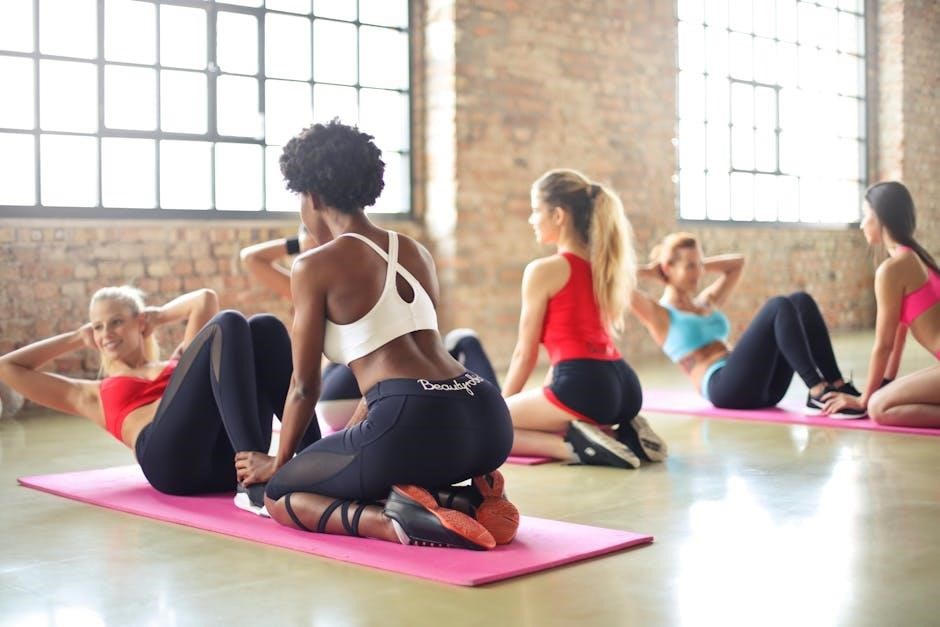The Safety 1st convertible car seat is a popular choice for parents, offering a safe and comfortable ride for their children, with easy installation and use, according to various online reviews and ratings always․
Overview of the Importance of Car Seat Safety
Car seat safety is a crucial aspect of protecting children while traveling in vehicles, and the Safety 1st convertible car seat is designed with this in mind․ The seat is engineered to provide a safe and comfortable ride for children, with features such as a sturdy frame and impact-absorbing materials․ According to online reviews, the Safety 1st convertible car seat is a popular choice among parents due to its ease of use and installation․ The importance of car seat safety cannot be overstated, as it can greatly reduce the risk of injury or death in the event of an accident․ By following the manufacturer’s instructions and guidelines, parents can ensure that their child is properly secured in the car seat, providing them with peace of mind while on the road․ The Safety 1st convertible car seat is a reliable and trustworthy option for parents seeking to prioritize their child’s safety․
Choosing the Right Convertible Car Seat
Consider Safety 1st convertible car seat features, such as size and weight limits, always ensuring a safe fit for your child․
Key Features to Consider for Safety and Comfort
When selecting a Safety 1st convertible car seat, consider key features such as the seat’s weight and height limits, as well as its adjustable headrest and harness․ The seat’s material and padding are also important for comfort, with some seats featuring quick-clean covers for easy maintenance․ Additionally, the seat’s installation system, including the use of a tether, can impact its overall safety and ease of use․ Some seats may also feature additional safety features, such as side impact protection or a steel reinforced frame․ It is essential to review and compare the features of different Safety 1st convertible car seats to determine which one best meets your needs and provides optimal safety and comfort for your child․ By considering these key features, you can make an informed decision and choose a seat that provides a safe and comfortable ride for your child․ The seat’s features can also impact its overall value and durability․

Installation Instructions for Safety First Convertible Car Seat
Follow the manufacturer’s instructions for proper installation, ensuring a secure and safe fit always using correct methods․
Step-by-Step Guide for Rear Facing Installation
To install the Safety 1st convertible car seat in rear-facing mode, start by reading the instruction manual carefully․ Next, locate the rear-facing belt path on the seat and thread the vehicle’s seatbelt through it․ Then, attach the seat to the vehicle using the lower anchors or seatbelt, making sure it is securely fastened․ Tighten the seatbelt or anchor straps to ensure a snug fit․ Check the seat’s level indicator to ensure it is at the correct angle․ Finally, test the seat by gently pulling it forward and backward to ensure it does not move more than an inch․ It is also important to check the vehicle’s owner’s manual for specific installation instructions․ By following these steps, you can ensure a safe and proper rear-facing installation of the Safety 1st convertible car seat․ Always refer to the manufacturer’s instructions for specific guidance on installation․

Understanding the Role of the Tether in Car Seat Installation
The tether provides extra safety and security, attaching to the vehicle’s anchor point, holding the seat firmly in place, reducing movement and risk of injury always with proper installation and use․
Locating and Using the Tether for Secure Installation
To ensure a secure installation, it is essential to locate the tether on the Safety 1st convertible car seat, which is usually found at the top rear of the seat․ The tether is adjustable and has a hook and strap that connects to one of the vehicle’s tether anchors․ According to the Safety 1st instructions, the tether should be routed through the vehicle’s tether anchor and secured tightly to prevent any movement of the seat․ It is crucial to follow the manufacturer’s instructions for proper tether installation to ensure the seat is securely fastened and provide maximum safety for the child․ The tether plays a vital role in reducing the risk of injury in the event of a crash, and its proper use is essential for the safe installation of the Safety 1st convertible car seat․ Proper installation and use of the tether can provide parents with peace of mind․

Tips for Easy Installation and Use of the Car Seat
Following manufacturer instructions and online reviews helps ensure easy installation and use of the Safety 1st convertible car seat always with minimal effort required․
Common Mistakes to Avoid for Maximum Safety
When installing the Safety 1st convertible car seat, there are several common mistakes to avoid for maximum safety, including incorrect harness positioning and loose installation․
According to online reviews and ratings, some parents also fail to regularly check the seat’s expiration date and maintenance requirements․
Additionally, not following the manufacturer’s instructions for rear-facing and forward-facing installations can also compromise safety․
It is essential to carefully read and follow the instructions provided with the car seat to ensure correct installation and use․
By avoiding these common mistakes, parents can help ensure their child’s safety while traveling in the vehicle, and reduce the risk of injury or accident․
Online resources and tutorials can also provide helpful guidance and support for parents who are unsure about any aspect of car seat installation or use․

Maintenance and Cleaning of the Convertible Car Seat
Cleaning and maintenance are crucial for the car seat’s longevity and safety, using mild soap and water, and avoiding harsh chemicals always․
Best Practices for Keeping the Car Seat Clean and Functional
To keep the car seat clean and functional, regular maintenance is necessary, including vacuuming and wiping down the seat with a mild soap and water solution․ The harness and straps should be checked regularly for any signs of wear or damage․ It is also important to avoid using harsh chemicals or abrasive cleaners, as they can damage the seat’s materials․ Additionally, the car seat’s manual should be consulted for specific cleaning instructions, as different models may have unique requirements․ By following these best practices, parents can help ensure their child’s car seat remains safe and functional for years to come․ Regular cleaning and maintenance can also help prevent the growth of bacteria and mold, which can be harmful to a child’s health․ A clean and well-maintained car seat is essential for a child’s safety and well-being․



